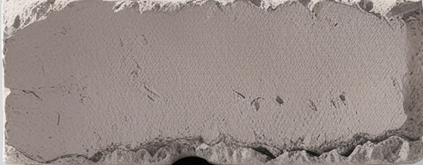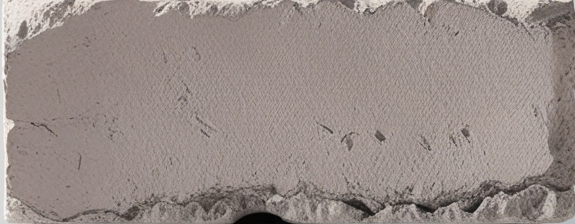Frequently in socio-environmental sciences, models are used as tools to represent, understand, project and predict the behaviour of these complex systems. Along the modelling chain, Good Modelling Practices have been evolving that ensure -- amongst others -- that models are transparent and their results replicable. Whenever such models are represented in software, Good Modelling meet Good Software Practices, such as a tractable development workflow, good code, collaborative development and governance, continuous integration and deployment; and they meet Good Scientific Practices, such as attribution of copyrights and acknowledgement of intellectual property, publication of a software paper and archiving. Too often in existing socio-environmental model software, these practices have been regarded as an add-on to be considered at a later stage only; modellers have shied away from publishing their model as open source out of fear that having to add good practices is too demanding. We here argue for making a habit of following a list of simple and not so simple practices early on in the implementation of the model life cycle. We contextualise cherry-picked and hands-on practices for supporting Good Modelling Practice, and we demonstrate their application in the example context of the Viable North Sea fisheries socio-ecological systems model.
翻译:暂无翻译





